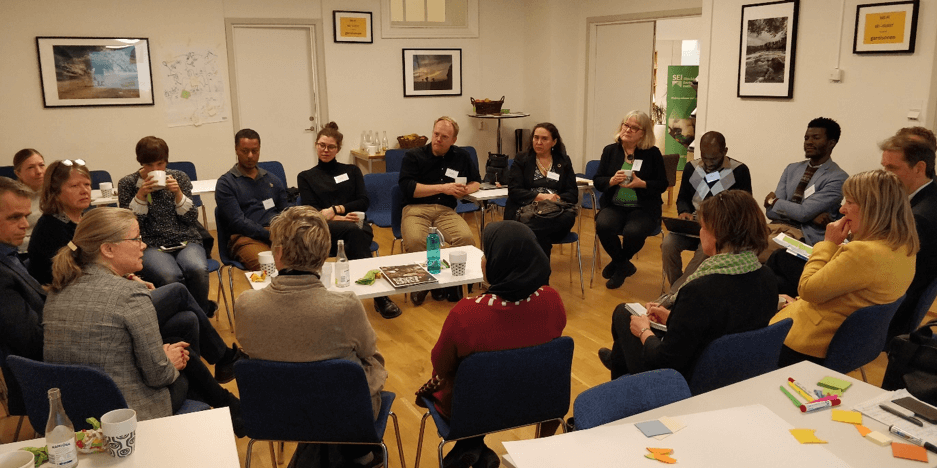Addressing global challenges like the climate crisis, growing food insecurity or poverty does not come easy. It requires long-term engagements from many actors with different expertise, powers and interests. It’s often a long and tedious upstream struggle, even when all the parties agree on the ultimate goals.
On March 14, 2019 in Stockholm, SIANI and SLU Global organised a ‘How to effectively initiate, facilitate and engage in Multi-Stakeholder Partnerships, MSPs workshop, gathering representatives from the civil society, business, non-profits, international development and academia, to discuss their challenges and how to move forward working with MSPs. Here are the key messages from the day:
-
Battle stereotypes
It has become apparent that the complex environmental and social challenges of today can’t be solved by a singular actor or even within one sector. However, working with MSPs is not easy, it requires time, energy, curiosity and open-mindedness.
Multi-stakeholder partnerships come with high costs. Herman Brouwer, who moderated the workshop and who has extensive experience with multi stakeholder endeavours, pointed out that it is important to restrain from jumping into the collaboration activities too quickly. He reminded that the first thing to consider before starting a MSP is to overcome any preconceived opinions about the partners you are going to collaborate with: “If we cannot get beyond the stereotypes and persuade others to do so too, the chances of building genuine partnerships are low.”
Therefore, the first activity all partners should do is to create a safe environment and open space to deal with the preconceived ideas about each other. It is useful to look into the mirror and reflect one’s own prejudices.
During the MSP meetings, people tend to hold on to their own agendas and goals and often fail to notice the ideas that emerge from such meetings. It’s common that such joint ideas nudge each stakeholder to think differently. MSP is not a fighting ring, it is the place for all the parties to challenge their standards and labels, rethink and push forward for the overall success of the partnership.
-
Start with what you already have
Katarina Eriksson, Tetra Laval AB, shared successful stories from a private sector perspective, telling how a large international business works with dairy producers in Bangladesh and Kenya. Business is often considered the “bad guy”, especially among those working with NGOs, but it does not have to be this way. The advantages of involving private sector in a multi-stakeholder partnership, in particular when dealing with poverty reduction, are the readily available connection to market, efficient use of resources, introduction of established technology and knowledge, as well as investments.
Katarina brought up two examples of Dairy Hub projects in Bangladesh and Kenya, where Tetra Laval focuses on productivity and profitability of smallholder farmers. The overall idea is to reduce production costs and increase profit margins. Tetra Laval provides technical assistance, mainly in the form of training of trainers with initial focus on the cattle feed. Their model proves that it is possible to reduce the costs of feed while increasing the milk yields. Through the Dairy Hubs farmers are plugged into the Tetra Laval’s value chain, which provides them with a guaranteed access to market.

